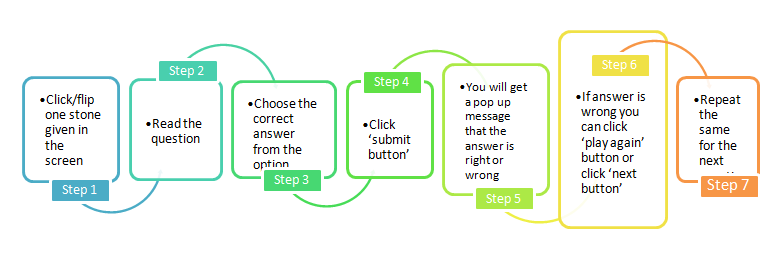Changing Persons
Grammatical persons are known as पुरुषाः in Sanskrit. These influence verbs.There are three grammatical persons:
1.प्रथमपुरुषः -Third person
2.मध्यमपुरुषः- Second person
3.उत्तमपुरुषः -First person
- प्रथमपुरुषः Third person is used most of the time. The third person refers to anybody else other than the person himself/herself.
Following are some sentences using the third person:
1. Singular [एकवचनम्] - शिक्षकःपाठयति।The teacher is teaching.
2. Dual [द्विवचनम्] - शिक्षकौपाठयतः –Two teachers are teaching.
3. Plural [बहुवचनम्] - शिक्षाकाःपाठयन्ति –Many teachers are teaching.
- मध्यमपुरुषः Second person is used to refer to the person being spoken to. Only three words can be used inthe second person.
- त्वम् –You,which is singular
- युवाम् –You two,which is dual
- यूयम् –You all,which is plural
Following are some sentences using the second person:
- Singular –त्वंकुत्रगच्छसि?-Where are you going?
- Dual –युवांकुत्रगच्छथः? Where are you two going?
- Plural –यूयंकुत्रगच्छथ? Where are all of you going?
- उत्तमपुरुषःFirst person is used by one to refer to himself/herself.
- अहम् –I, which is singular
- आवाम् –We,which is dual
- वयम्-We all,which is plural
Following are some sentences using the first person:
- Singular –अहंवदामि – I am speaking.
- Dual –आवांवदावः –We two are speaking.
- Plural –वयंवदामः –We all are speaking.
Examples:
- त्वंक्रीडसि –अहंक्रीडामि।
- अहंखादामि –आवांखादावः।
- वयंपठामः – सःपठति।
- बालिकाःनृत्यन्ति –सानृत्यति।
- युवांलिखथः –त्वंलिखसि।
HOW TO PLAY



